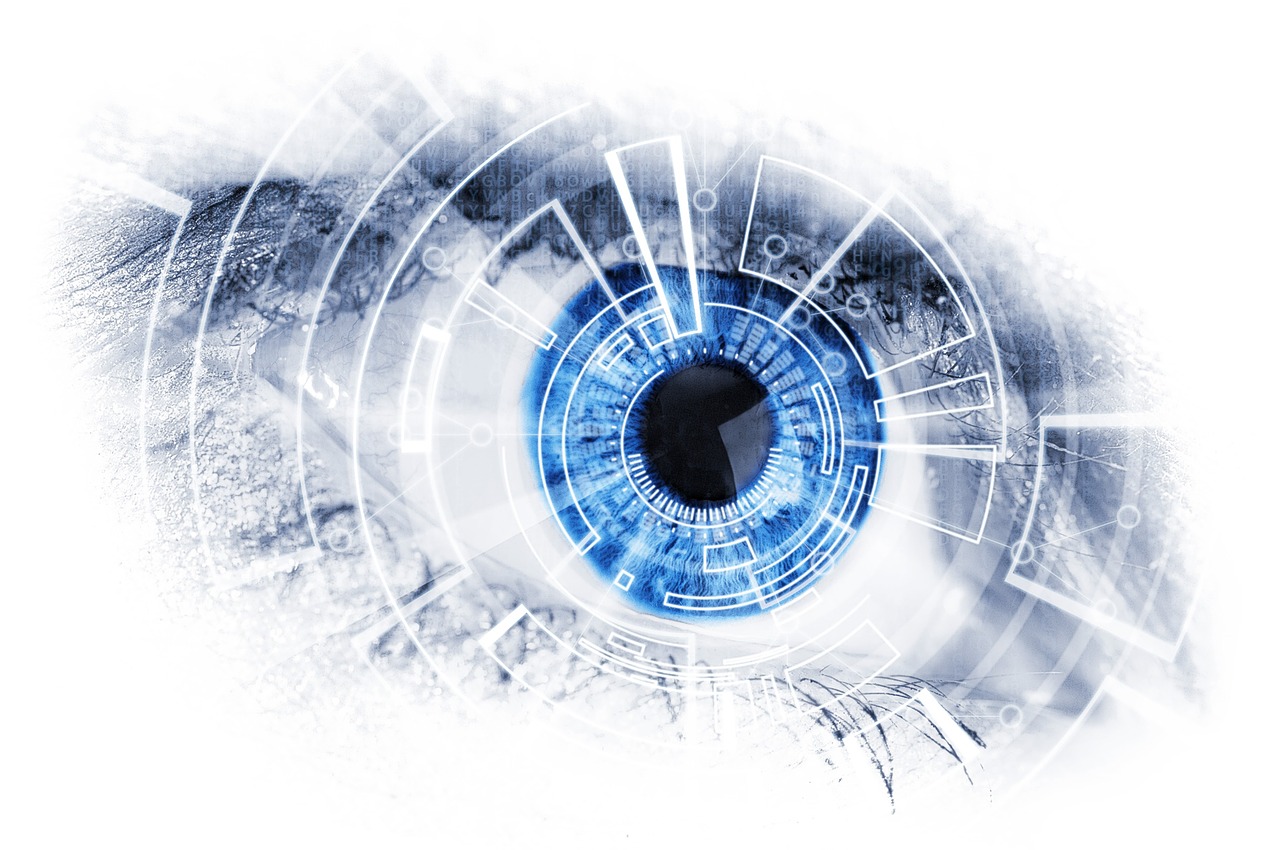Most of the time, when a change is happening in our life, learning is involved. It can be either to learn something new or to modify something we already know or do. If you think of moving to another city, imagine all the new things to know or do differently: new itinerary to school or work, new activities, new neighbors, new house plan, new stores, etc.
Research on learning has shown that we do have a physical reaction to change. It’s mainly related to our brain.
Have you noticed how kids are neither aware of danger, nor anticipating it? When our brain reaches its maturity, its primary role is to keep us alive. It’s like a “control tower”: from regulating body temperature to anticipating danger. That’s why, as we grew up, we learned so much and automated mostly everything we must do. For example, you can do more than one thing at a time without thinking like preparing breakfast and talk over the phone.
The main idea is that our brain focuses on keeping us alive, anything else is extra work, like “overtime”. Learning is a not a priority, but automation is to be able to concentrate on the primary role…and it is tiring to automate a new task.
When a change comes up, unconsciously we know we will be tired and we just don’t feel like it: “Not again!”.
Since change is constant in our personal and professional life, it is important to facilitate the automation process:
- Allow time between awareness of the change and learning for acceptance;
- Structure the information;
- Provide simple tools for automation;
- Reduce workload during transition;
- Provide mechanism to reinforce new tasks or ways to do them.

